Tesla Brakes: What To Do If You Need To Replace Them
If you drive a Tesla, then you’re probably not spending much time thinking about brakes. Because no matter if you have a Model S, 3, X, or Y, in single, dual-motor, and Performance models, you probably don’t use them a whole lot.
It’s one of the best parts of owning one of these amazing electric cars. Thanks to powerful motors and clever software, regenerative braking does almost all of the work when it comes to stopping. You press the brake pedal and the electronics do the work.
But if you’re not thinking about your brakes just because they’re not getting used, we think you should change that. Long life is great, but it is important to think about the journey as well. About how your EV’s brake use means a different life cycle requirement. And how NRS-EV brake pads are designed specifically for your EV to give you an optimal service life.
Brake pads are the friction surface that clamps against your brake rotors (those shiny bits of metal inside your Aero wheels). That friction causes your vehicle to slow down by turning forward momentum into heat. Lots of heat. But where a combustion car uses those brake pads every time it stops, your Tesla might only use them a few times a week for a hard stop. It could even be less frequent than that.
What’s The Problem?
Traditional brake pads are designed knowing that they’ll face tremendous heat and friction on a daily basis and that they’ll wear out in just a couple of years. Because of that short expected life, they’re made using painted metal and adhesives meant for the short haul.
Painted metal brake pad backing plates are prone to rust. Sitting there in your wheel wells, they face some of the worst conditions of any part of your vehicle. When you’re using your brakes, the heat created helps clean the surface of the pad and rotor. It instantly evaporates any water, and helps slow down corrosion.
When you’re not using your brake pads often, letting regenerative braking do the work (like in your Tesla), corrosion can set in. Even in sunny southern California. When that happens, flaking paint and expanding rust can cause the backing plate to grow, come apart, and crumble.
The problem there is that a brake pad with almost all of its friction material unused can still cause brake problems. The pad backing plate can stick in the brake caliper. That can lead to jamming it against the brake rotor and cooking your expensive rotors while slashing your range and electrical consumption.
It can also stick in a way that means the brakes don’t function properly when you need them for an emergency stop.
This corrosion can also cause the adhesive that holds the brake pad friction material to the backing plate to separate. This is called a delaminated pad and can cause the same problems as a corroded pad, and will fail a safety inspection. Because it’s no longer safe.
Tesla (and other EV makers) acknowledge this, requiring your braking system to be serviced annually to ensure that some of the hard parts don’t rust together. Still, that might not be enough to help your pads last more than a few years.
NRS Brakes designed a solution specifically for EVs.
NRS-EV brake pads use a galvanized steel backing plate. Galvanizing is a process where metal is coated with a thin layer of zinc. Zinc is a metal that works extremely well to prevent the steel underneath it from corroding. It’s a time-tested process, used by automakers for their structural steel as well as wire rope on ships, building framing, and even nuts, bolts, and nails meant to be used outdoors.
Because the steel can’t corrode, the backing plate won’t fail prematurely and leave you with a part that needs replacing well before its time.
That didn’t solve the problem of failed adhesives leading to a friction material coming loose from the backing plate. NRS’s solution is a patented technology it called NRS.
Instead of simple glue, NRS-EV brake pads use metal hooks that are part of the backing plate surface. The hooks form a mechanical bond, instead of an adhesive bond, tightly gripping the friction surface to the pads. It means that delamination is nearly impossible, ensuring a very long service life for the pads, perfect for your Tesla.
If you drive an EV, it’s a safe bet you care about the environment. Using galvanized brake pads instead of traditional painted pads can help. NRS-EV brake pads will not corrode or fail before they’re worn out, and that means a massive savings in resources used. It can also prevent millions of brake pads from ending up in landfills when they should still be attached to a vehicle.
Debris from more than two million brake pads is released into the environment every day in North America alone. More than three million pounds of paint and other toxic brake materials including copper, lead, and rust.
NRS-EV pads are designed to adhere to the latest low copper requirements under California law. They have earned the SAE grade A, B, and N markings, which limit cadmium, chromium, lead, mercury, copper, and asbestos, wearing the Motor and Equipment Manufacturers Association LeafMark. The N rating isn’t a state requirement until 2025, making NRS-EV brake pads well ahead of the curve and competitors.
More by AutoGuide.com News Staff






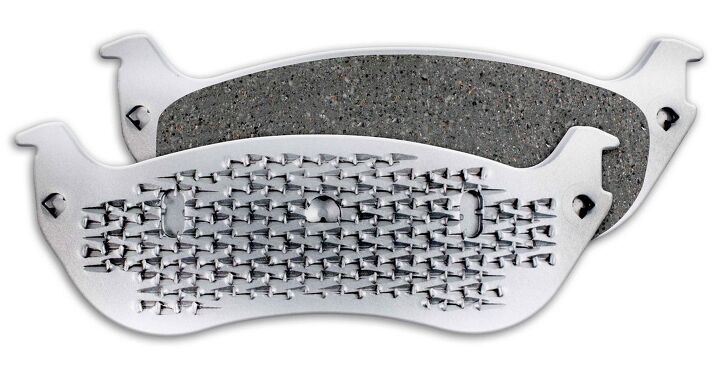













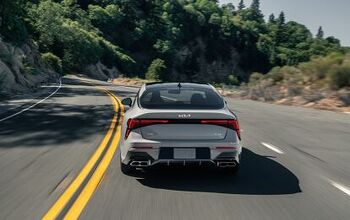


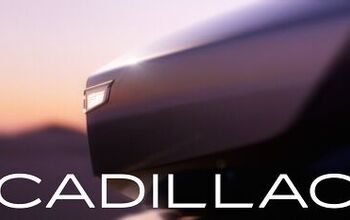



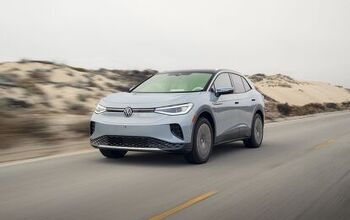
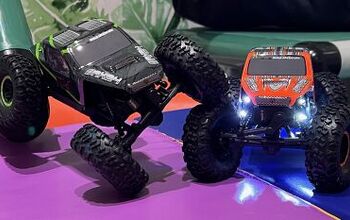






Comments
Join the conversation
Show I replace pads at 26,200 miles